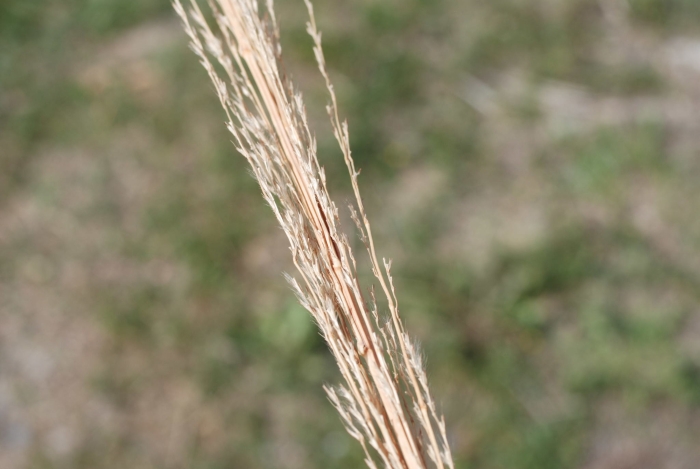Ravennagrass
(Saccharum ravennae)
Ravennagrass (Saccharum ravennae)
/
/

Quentin Groom
Public Domain

























Estimated Native Range
Summary
Ravennagrass is valued for its dramatic height, showy plumes, and ability to stabilize soil, making it a popular choice for ornamental use in gardens, as well as for erosion control. It thrives in full sun and is adaptable to a range of soil types, from well-drained to those with slower drainage. While it requires medium amounts of water, it can tolerate some drought once established. However, gardeners should be cautious as Saccharum ravennae can be invasive outside its native range, particularly in regions like California, and should be planted with care to prevent unwanted spread.CC BY-SA 4.0
Plant Description
- Plant Type: Grass
- Height: 9-12 feet
- Width: 4-6 feet
- Growth Rate: Rapid
- Flower Color: N/A
- Flowering Season: Spring, Summer
- Leaf Retention: Deciduous
Growth Requirements
- Sun: Full Sun
- Water: Medium
- Drainage: Fast, Medium, Slow
Common Uses
Bird Garden, Border Plant, Butterfly Garden, Deer Resistant, Drought Tolerant, Fire Resistant, Low Maintenance
Natural Habitat
native to open woodlands, grasslands, and along riverbanks in Northern Africa and the Mediterranean to Western Asia
Other Names
Common Names: Elephant Grass , Northern Pampas Grass , Plume Grass , Hardy Pampas Grass , Ravenna Grass , Italian Sugarcane , Sockergräs , Ranenna Grass
Scientific Names: Saccharum ravennae , Erianthus ravennae , Tripidium ravennae , Erianthus parviflorus , Tripidium ravennae subsp. parviflorum , Andropogon ravennae , Erianthus ravennae var. purpurascens , Agrostis ravennae , Erianthus elephantinus , Ripidium ravennae
GBIF Accepted Name: Saccharum ravennae (L.) L.